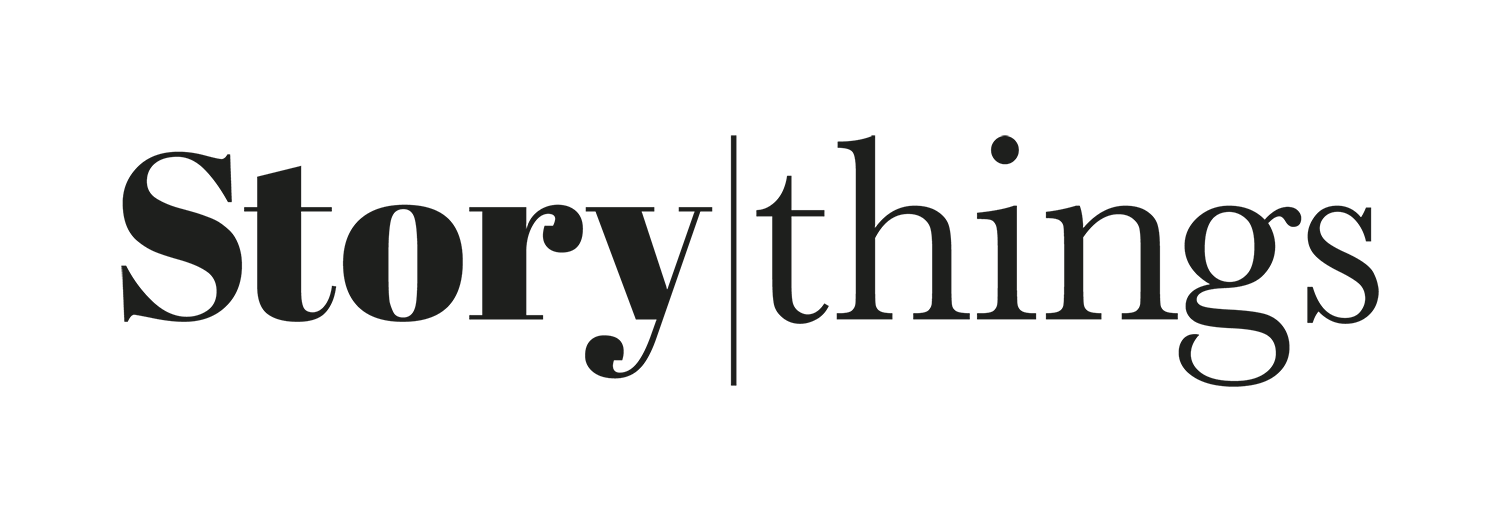Scroll Stoppers 2: Mullet Media
If you’ve ever had a job, chances are that work-life balance is something you’ve had to consider – skipping your friend’s party to pull an extra shift, taking your lunch break al-desko, or literally any advertising gig. But recently the boundaries between work and play, professional and private, have never been so malleable.
With many of us working and living in the same space during the pandemic, and the subsequent rise in remote and hybrid working, we’ve gotten used to quickly switching between work-time and break-time. Traditionally work-based platforms have entered our social sphere, and 78% of our respondents say they transition between personal tasks and work activities throughout the day, usually through the same screens, devices, and chat apps.
“You go to your phone thinking oh, I will just see what others are up to, catch up with my friends, check my messages and then I am sort of sucked into things that are work related, in a time when I do not want to think about work.” (Interviewee)
But now, in this strange hangover of the digital sphere adapting to mimic real-life proximity, it seems reconciling our public and personal selves is our biggest challenge. We want to make sure the right content is finding us in the right context and our research shows the development of two key behaviours when it comes to what we consume and how we interact in online spaces.
The first is to filter out negative content. This is particularly relevant in work-from-home settings, when we’re perhaps more introspective and vulnerable to negative messaging and are more conscious of our own wellbeing.
“I avoid bleak stories because I feel that at home they just stay with you, and I can’t talk it out with somebody.” (Interviewee)
In-line with this, the second behaviour we see is a more controlled approach to media engagement—things like strict screen time limits, timeline cleansing, and blocking various apps.
“I have a lot of friends who deleted certain apps, or changed their password, to have more self control.” (Interviewee)
And as boundaries change, our habits do too. Not only are we ditching doom scrolling and revenge bedtime procrastination in favour of more intentional consumption, but our research shows people are carving out time in their work-from-home days for the things they find important – whether it’s getting their 10,000 steps or savouring their lunch breaks to catch up with their favourite podcasts or shows. (Did someone say reruns of Bargain Hunt?)
Our survey asked people to complete the sentence “When I work from home I…” The three top answers chosen were:
- Spend more time on messaging apps
- Listen to more music
- Read more
“There is a tendency to be much more empathic. When I work from home I’m very careful with what I consume media wise.” (Interviewee)
Takeaway
Audiences constantly make important decisions about how they spend their attention. Think about how you can help them choose where your content sits in their routine. Include read times. Use clear language about what they’ll get from it or how they can use it. Suggest when they might engage with it. Is it a podcast they might enjoy listening to whilst out on a walk or a longread they might want to bookmark and read later?

